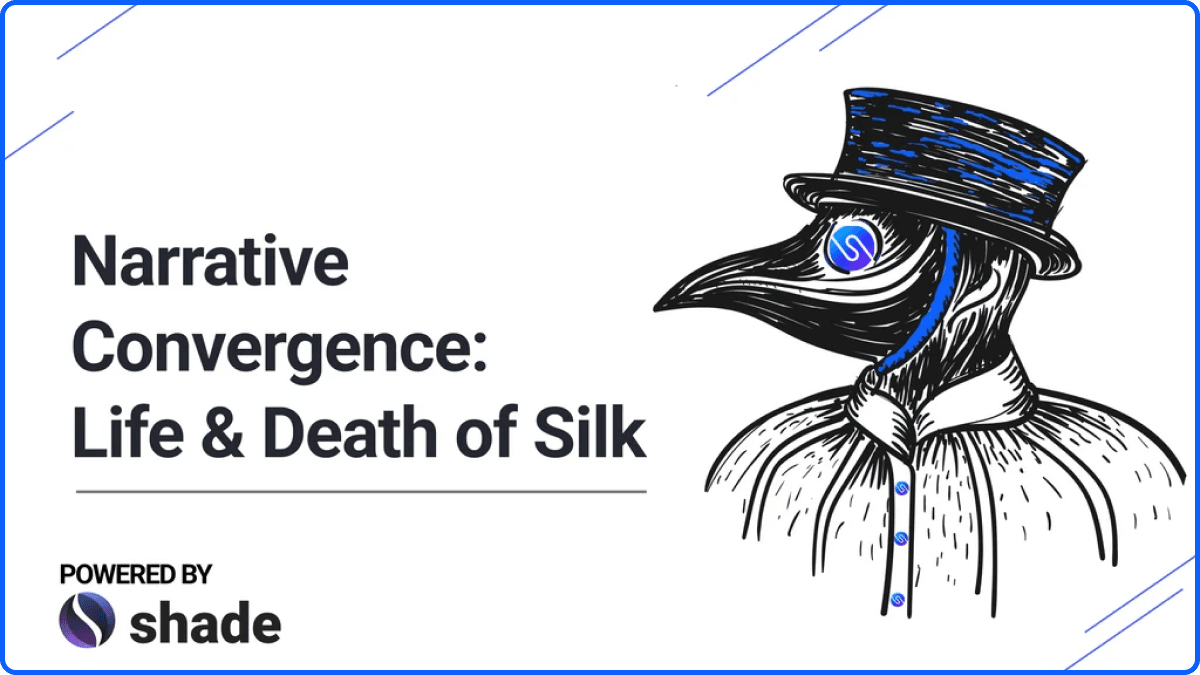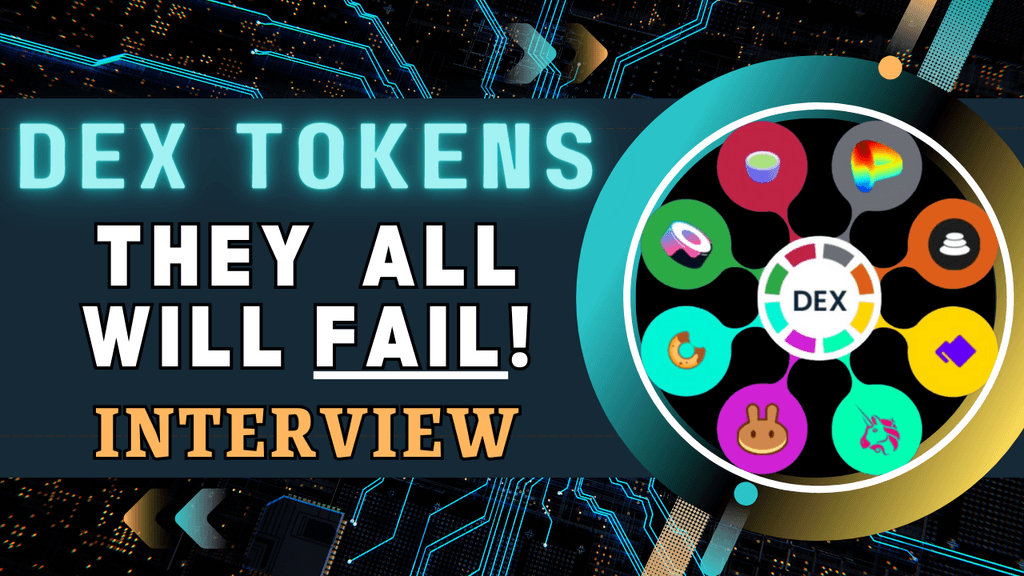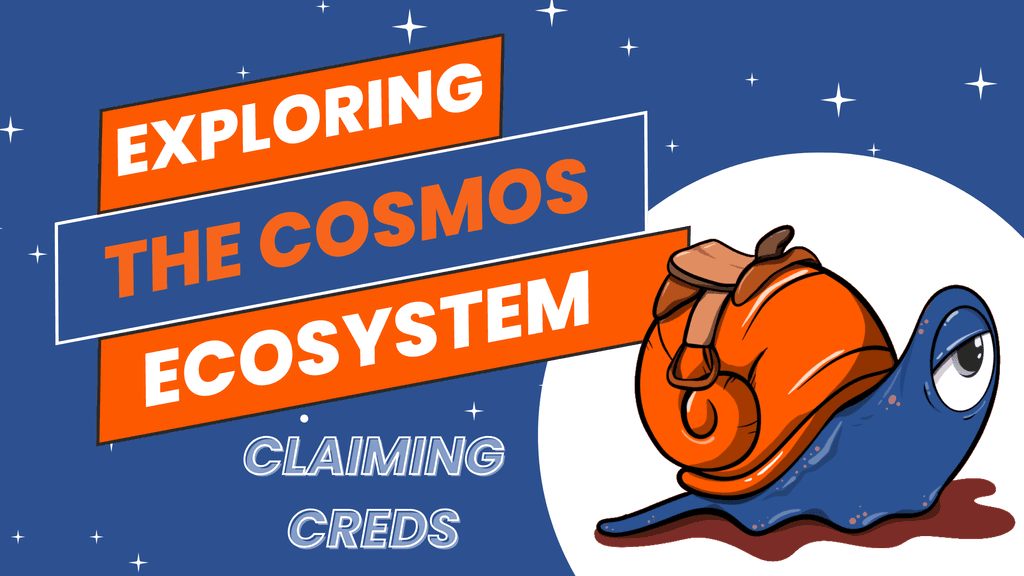What are the factors that cause an idea to live or die?
The answer is surprising. We are forced to admit something embarrassing: good ideas rarely win. Quite often they die on the operating table. On the other hand, weak ideas that have no business going viral, sometimes do precisely that. They go on to experience robust adoption and unwarranted impact.
How does this happen? If a quality concept doesn’t guarantee the win, what factors do cause an idea to “make it”?
Let’s use SILK, as a case study here. SILK is a decentralized, private stablecoin pegged to a flexible basket of assets and commodities, built by the team here at Shade Protocol. Overwhelmingly, people like the idea.
But historically, others have attempted partial variations of this idea without success. In light of that, what additional variables would need to be in place for Silk (which seems like a very good idea) to take root and experience mass adoption?
The answer lies in the complex web of narrative convergence. Let’s break down that equation.
#1 – Timing: The “When” Factor
Bill Gross, Founder of IdeaLab suggests in his TedTalk that timing is the most crucial factor for a project to come to life.
When ideas are born into the world, there aren’t some that get thrown in a bin called “good” and others that are thrown in a dumpster called “rubbish”. Instead the viability of an idea is deeply tied to the complex variables of its context. And timing sure does top the list.
Leonardo DaVinci conceived of a helicopter 450 years before adequate technology to create one existed. Beyond those material limits, there was a cultural ceiling as well.
To most people, the very thought of humans joining birds in the sky was a waste of time. The timing just wasn’t there.
How is Silk’s timing shaping up? Some quick observations…
-
The technology to create a stable, private, basket-pegged asset is, essentially, brand new with the birth of Silk.
-
It seems like sentiment around repeated failures of centralized structures actively favors a decentralized new-kid-on-the-block like Silk.
-
The Shade/Silk team has the significant advantage of seeing farther ahead by standing on the shoulders of other stablecoin giants. Every collapse, failure, and exploit has become a new page in the protocol playbook.
#2 – Team: The “Who” Factor
In 2017, Saga Monetary Technologies started work on SGA on Ethereum. Saga (SGA) was pegged to a basket and driven by “a vision to create a truly global currency — for global citizens and unrestricted by the boundaries of states and central banks.”
It died. The product was never made available to US citizens and even a rebrand to Sogur wasn’t able to revive the project.
Their site, whitepaper, and models still live on, but only as a ghost. The closure letter from January 2021 states that the team had come to believe that the world was not ready for the vision — “now, or possibly, ever.”
While I certainly understand Saga Monetary Tech’s sadness in that statement, the conclusion is more emotional than logical. Is it really fair to say that a basket-pegged stable will never gain adoption? The verdict sounds extreme and unnecessarily reductionistic.
“Team” is a part of narrative convergence because every team is responsible for how their idea is received by the world. To be sure, Saga had many other variables working against them. Timing, perhaps? I don’t know the deeper details of Saga’s story. But a team’s stewardship of their idea and how they tell that story is mission critical.
Can they read the room of public sentiment? Assimilate critical feedback? Align with powerful narratives? Evolve that narrative? Can they cultivate a vibrant community? Is their collective mentality fixed or growth? Do they have what it takes to execute?
Looking at Silk’s potential for success, the Shade Protocol team isn’t the only factor.
Many well-funded teams loaded with talent have fallen short. We might say “team” is necessary for success but not sufficient.
What separates good teams from world-class teams is how they play this final card…
#3 – Network Effects: The “Why” Factor
Perhaps more than any other factor, ideas live or die based on network dynamics.
Niall Fergusson explains, “The network structure can be as important as the idea itself in determining the speed and extent of diffusion.” (The Square and the Tower, p34)
If you’ve been in crypto for even a single minute, you’ve probably heard someone mention “network effects”. But every network is distinct in its clusters, hubs, edges, and nodal relationships. The network science all gets a bit heady, but here is the TLDR:
Look at the structure of a network to assess the viability of an idea’s contagion.
If you run that calculus to assess Silk’s viability there are a few network observations that come to mind…
-
Silk was born into a moment where the multi-chain thesis seems to have reached critical mass. In one week it became the largest stablecoin in the Cosmos. How do we know the Cosmos approach to interoperability and collaboration are taking hold? New data suggests that Cosmos now has more development activity than Ethereum, Polkadot, Binance, and Solana.
-
If you build a stable on Ethereum, collateralized by ETH, your adoption will end with people on Ethereum. But if you believe the future is many, interoperating chains, then one must admit there can be challenges in collateralizing a stable with any single L1 token? Silk’s diversified and inclusive collateralization approach may speed barriers to adoption in Cosmos DeFi and and beyond.
-
In network science terms, this is the part where we could talk about cluster coefficients, density, and hubs. But in more accessible language let’s just say that Shade is forging some powerful partnerships. There is an enormous amount of cross-pollination taking place – both inside and outside of Cosmos. This is good news for Silk’s virality.
-
Major thought leaders in crypto are pushing for privacy amidst a renewed commitment to decentralized finance and self-custody.
So what does all this mean for Silk’s future?
If there’s one thing crypto teaches us over and over it’s that nobody knows the future. We don’t know if Silk will see widespread adoption or not.
But we can look for the signs of narrative convergence. This idea of a globally inclusive, decentralized, private stablecoin… is this emotionally coherent for people right now?
Do the timing, team, and network dynamics align favorably…?
Want to learn more about Silk and Cosmos stables? Watch this replay of the
or visit our YouTube channel to start learning.





